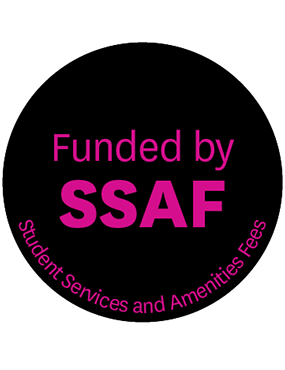LGBTQIA+ at Macquarie
Supporting and celebrating LGBTQIA+ students and staff.
Macquarie University is dedicated to creating a safe and welcoming space for all students and staff. We actively foster an inclusive environment where LGBTQIA+ individuals can thrive and reach their full potential.
Recognising the ongoing fight for equality, acceptance, and inclusion faced by LGBTQIA+ communities worldwide, we understand the unique challenges faced that non-LGBTQIA+ equivalents might not. We are committed to ensuring that everyone can be their authentic selves, free from any mistreatment.
Events
Events are held throughout the year including recognition of IDAHOBIT (International Day Against Homophobia, Biphobia, Interphobia & Transphobia).
These events help to raise awareness so that Macquarie is a safe and welcoming campus, where discrimination on the basis of sexual or gender identity is not tolerated, and where any homophobic behaviour is unwelcome.

Macquarie University